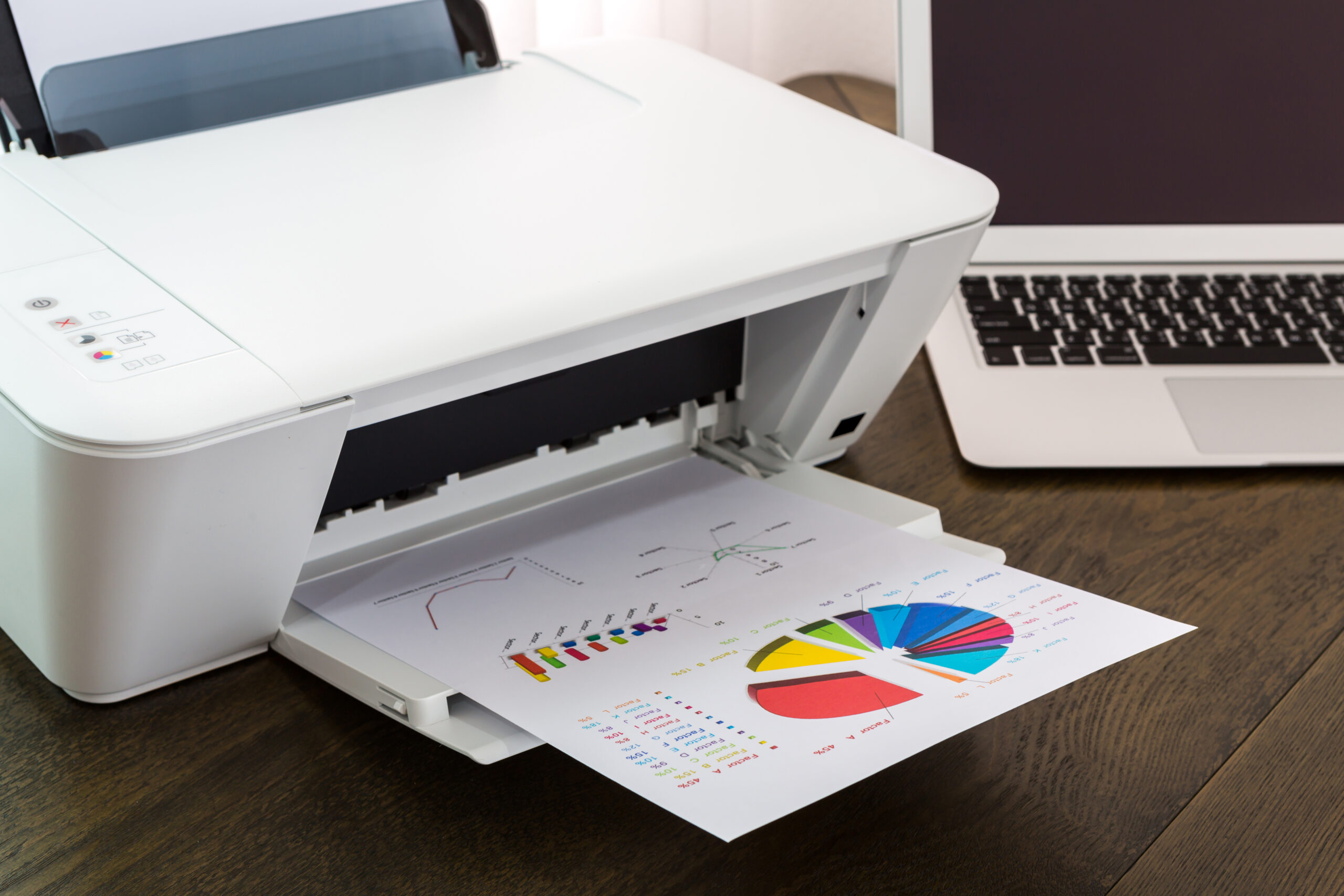In an age dominated by digital technologies and paperless initiatives, it might be easy to underestimate the importance of print management. However, the reality is that many businesses still heavily rely on printed materials for various aspects of their operations (Hardin, 2023). Whether it’s for marketing collateral, internal reports, or customer communications, print materials continue to play a vital role in the corporate world. This is where print management steps in to streamline and optimize the print environment. Let’s explore the concept of print management, why it matters, and how it can benefit your organization.
Understanding Print Management
Print management refers to the systematic and efficient administration of an organization’s printing infrastructure. It encompasses a wide range of activities, from overseeing the use of physical print devices to managing the printing processes, optimizing costs, and ensuring security. Print management solutions and practices are designed to address the challenges associated with maintaining and controlling a network of printers and multifunction devices.
Why Does Print Management Matter?
A robust print management strategy should manage print output costs, manage print devices, and most importantly, protect information. Without proper output management tools and policies, sensitive data can be left unattended in the printer tray, posing significant security risks. Print management services, often referred to as Managed Print Services (MPS), help tackle these challenges. They provide a centralized tool that allows IT managers to monitor device status and supply levels, track volumes, and connect with every print device on the network. The ultimate goal is to create accountability, control print output, and minimize costs while securing networked print devices and the information that passes through them.
Key Benefits of Print Management
Efficient print management offers several benefits that directly impact a company’s bottom line as well as its overall operations. Here are some key advantages:
- Cost Control – Print-related expenses can easily spiral out of control if not managed properly. Print management helps track and reduce costs associated with printing, including supplies, maintenance, and energy consumption.
- Security – Print management is crucial for ensuring the security of sensitive information. It helps prevent unauthorized access to printed documents and ensures that confidential information is not left unattended on output trays.
- Environmental Impact – In an era when environmental concerns are paramount, print management can help your organization reduce its carbon footprint. It allows for the implementation of sustainable printing practices, such as double-sided printing and efficient use of resources.
Components of a Print Management Strategy
A comprehensive print management strategy encompasses various components that work together to optimize print processes. Here are some essential elements:
- Print Assessment – Conducting a thorough assessment of your organization’s print environment is the first step toward effective print management. This involves analyzing current printing practices, evaluating equipment usage, and identifying areas for improvement.
- Equipment Selection – Based on the assessment findings, businesses can determine the most suitable printing technologies and equipment for their specific needs. Factors to consider include volume requirements, desired functionalities (e.g., color printing or large format), and long-term cost implications.
- Print Monitoring – This involves keeping an eye on the status and usage of all print devices in your organization. It helps identify patterns and issues that can be addressed to improve efficiency.
- Print Control – Print management allows for the implementation of print policies and rules. For instance, you can establish guidelines for color printing to minimize costs or require authentication for access to certain printers.
- Print Optimization – Print management solutions can analyze your print environment to suggest ways to reduce waste and improve efficiency. This may involve optimizing print queues, using duplex printing, or recommending hardware upgrades.
- Print Security – Implementing user authentication for print jobs ensures that only authorized personnel can access and print sensitive documents, enhancing security.
- Remote Management – The ability to monitor and manage print devices remotely is a valuable feature of print management. It allows for proactive maintenance and troubleshooting, reducing downtime.
Streamline Your Printing Processes with Effective Print Management
To sum it up, leveraging a well-executed print management strategy can yield significant benefits and help you streamline your printing processes. However, print management requires a time commitment, so to alleviate the burden on internal teams, you can outsource print management to experienced professionals. By doing so, you can concentrate on your core competencies. At AD Solutions, we offer scalable managed print services to seamlessly manage your printing infrastructure. Reach out to us today to learn more!
Reference
Hardin, J. (2023, January 17). Why printing is still necessary for businesses. Cadalyst. https://www.cadalyst.com/design-related-technologies/wide-format-printers-plotters/why-printing-still-necessary-businesses-79#:~:text=Print%20will%20always%20be%20a,is%20still%20important%20for%20businesses



